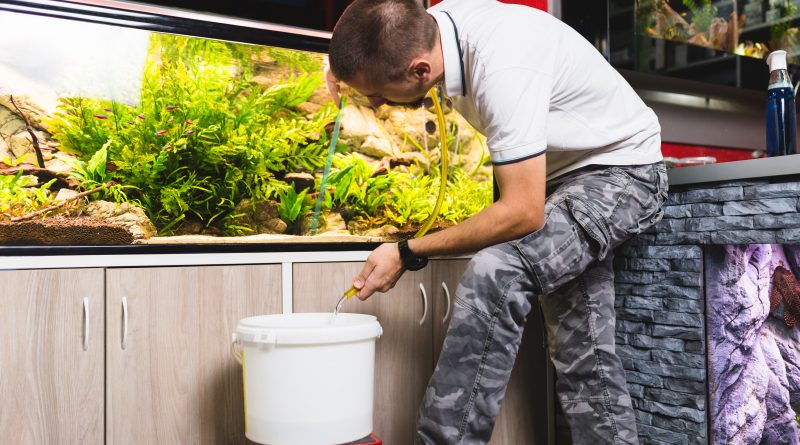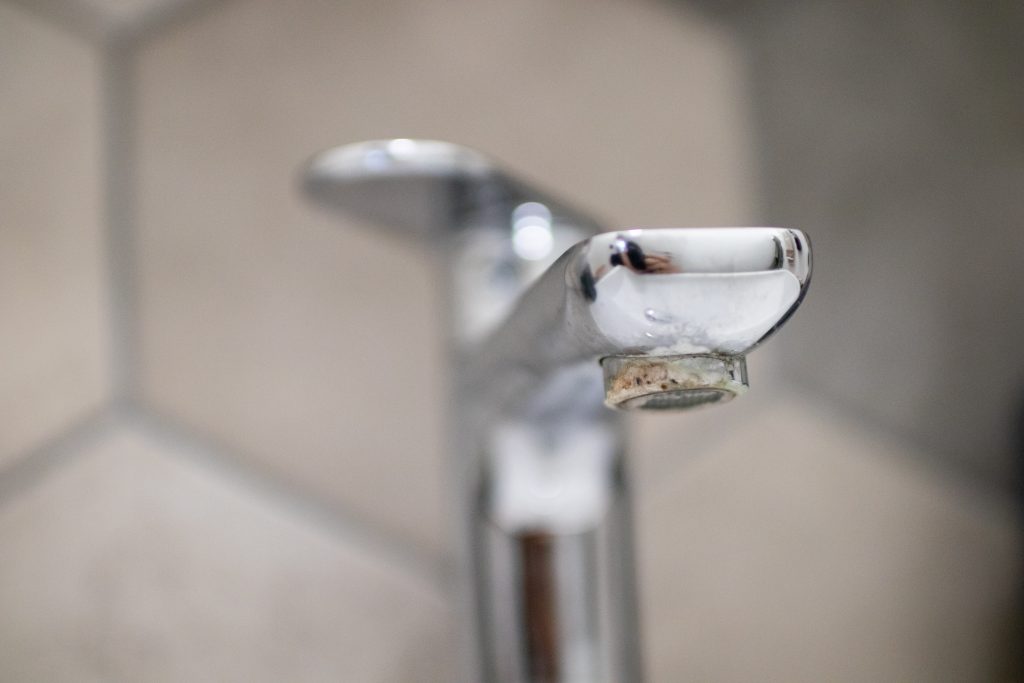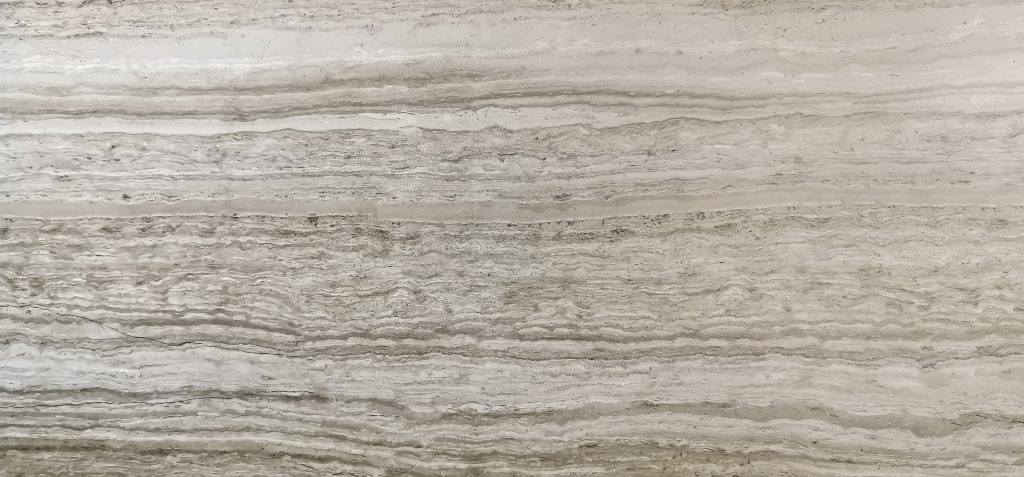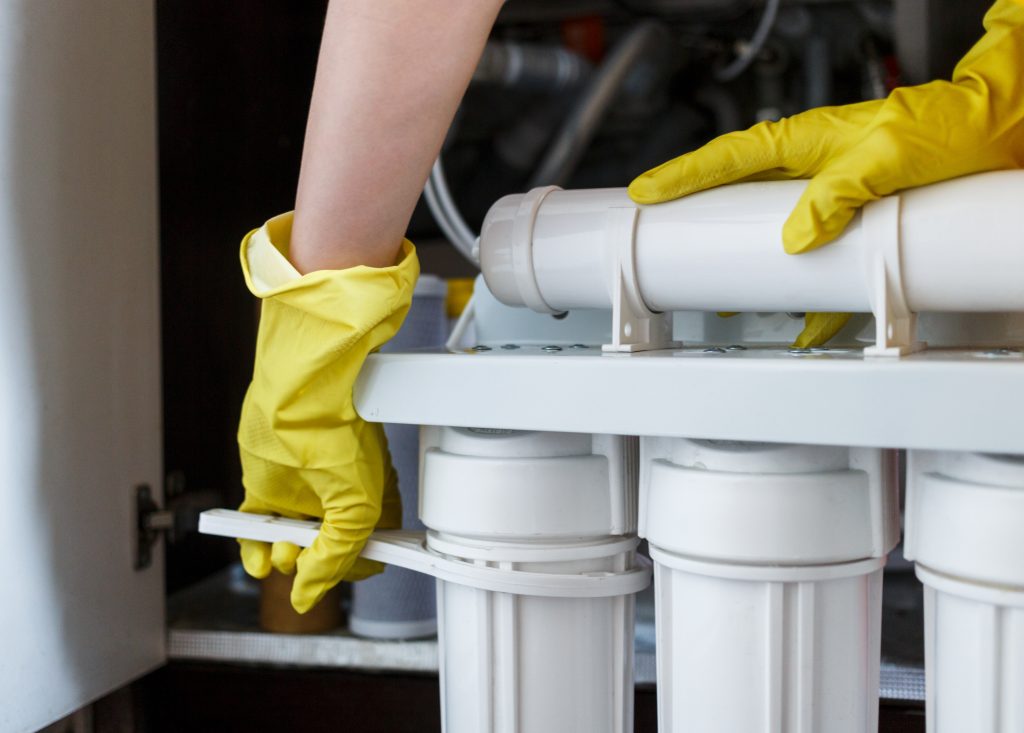
Water Changes- How much and how often?
A fish tank is a relatively closed ecosystem, without your input very little can get in or out. Fish like all living things produce waste, and water changes are a way of removing that waste and replacing the water with clean fresh water.
You might think that is what a filter is for. Filters remove solid waste and help microbes convert ammonia to safer nitrates. Beyond that, it’s up to you. Nitrates and other waste products can only be removed from freshwater tanks by taking some of the water out and putting fresh water back in. That might be water from the tap, water that’s been put through an RO unit, water that’s got added minerals, or water from any other safe source.
Water changes
- Replenish minerals
- Remove pollutants, including hormones, nitrates, and more.
- Decrease the number of harmful bacteria.
I believe in doing 50% water changes per week minimum, but I know there are contradictory views. So let’s go into the topic a bit deeper.
What’s in water?
Water out of your tap contains more than just H2O. There are pollutants, minerals, metals, and more.
The main ones to be concerned about are chlorine, limestone, also known as calcium carbonate, various metals and nitrates.
It may be that your water isn’t suitable for the fish you keep, and there are ways to alter your water. HMA, RO and more, but that is a whole different topic. (will be a link to an article on the topic, and a look at various HMA and RO filters)

Chlorine
Without chlorine, bacteria would thrive in our tap water. But it is awful for our fish, our filters and the microorganisms within. Once upon a time, you could leave a bucket of water out overnight to allow the chlorine to gas off. But more complex systems to get the water to your house, and bacteria become resistant to chlorine means that most water companies, at least in the UK, use chloramine some of the time. This larger molecule has a greater staying power and won’t just gas off. You therefore need to use a dechlorinator.
Are dechlorinators safe?
There are a few chemicals used to neutralise chlorine. Sodium thiosulphate, vitamin C, and others. Chlorine is highly reactive, which is what makes it so dangerous if you or your fish breathe it in. But once it gains an electron it becomes a relatively harmless chloride.
You don’t want chloride to build up in your tank, but the relatively small amounts are more than safe. Most fish have chloride cells that exchange chloride ions with carbonates to allow the fish to control its internal pH level. A small amount will do more good than harm.
But what about the rest of the chemicals used to neutralise the chlorine? Looking at sodium thiosulphate, you will end up with some hydrogen ions, more on that later, and some sulphate ions. Sulphates are a problem if allowed to build up, say in your substrate with certain bacteria. But again in trace amounts, they are fine. Many plant fertilisers contain sulphates.
Ammonia from chloramine
Another argument you might see is that when some people do water changes they see ammonia in their tanks. There are two reasons for this. The first is commonly known as old tank syndrome, again more on that in a bit, the second is that chloramine is a combination of chlorine and ammonia. Once the chlorine has been neutralised the ammonia is left behind.
Many of the commercial dechlorinators will also change the ammonia to the safer form, ammonium. But even if they don’t you don’t need to be overly concerned. In the UK and most nations, the total amount of chlorine is around 0.5 ppm. Assuming you do a 50% water change, that leaves 0.25 ppm in your water. A mature filter will deal with that with little problems. Even if you do a larger water change then your filter should still be able to cope easily.
Limestone
Carrying on with what is in our water we come to limestone. This has the chemical formula of CaCO3, calcium carbonate. When we refer to minerals in our water, this is mostly what we are talking about. Calcium is measured as GH, general hardness, and carbonates as KH, temporary hardness. Some water supplies will have a small amount of magnesium as well as calcium.
Hard water has more of these minerals than soft water. Parts of the Amazon river systems have barely any minerals, whilst parts of Africa have lakes with water so hard that fish have evolved to take advantage of the abundance of calcium in the water.
Calcium is used by fish for their bones, nerve signalling, and a multitude of other processes. Some can use calcium from their diet, while others can extract it from the water. Too much calcium for some fish means that they might not be able to flush out toxins. Too little and others won’t be able to take the calcium they need out of the water.
But the amount even hard water fish use is tiny compared to the mineral depletion of carbonates.

Carbonates, KH and Old Tank Syndrome
Lots of things make your water more acidic. Remember the trace amounts of hydrogen ions from your dechlorinator? They are dwarfed by the amount of hydrogen ions produced by your filter.
Wait, you might be saying, I don’t have a fancy bioreactor-style filter. Mine is just a black plastic box with some media and water running through it. Yes, and it is still pumping out hydrogen ions.
Let’s go back to the nitrogen process, if this is the first time you’ve heard of this, or the nitrogen cycle, then here is an article on the subject. In the first step, ammonia becomes nitrites, which means that nitrogen and hydrogen become nitrogen and oxygen, the hydrogen goes out into your water.
Hydrogen ions are what make things acidic, so this acid then reacts with the carbonates in your water. To eventually form water and carbon dioxide. Once the carbon dioxide is used by plants or gases off, then the carbonates are gone.
As the carbonates fall, in most, if not all cases, the water will become more and more acidic. Now the pH will start to drop. Even if it only drops a point or so, that is a large change. The pH scale is logarithmic, which means that pH 6 is 10 times more acidic than pH 7, and 100 times more acidic than pH 8. Even if nothing else happens, a large shift in the pH between water changes will put stress on your fish.
Old Tank Syndrome
If the pH drops too low the filter microbes may not be able to cope. Normally we say below pH 6, but with the variety of microbes in most filters, there is some variation.
Once the pH falls below this number the filter microbes may go dormant, or they may start to die off. But your fish are still producing ammonia. At these lower pH levels though it will all be in the safer form, ammonium.
But once you do a water change, or even just top up the tank, the pH will rise as the KH is replenished. Then some of that safer ammonium will become ammonia, and that’s not good, as your filter may no longer have the microbes needed to deal with the ammonia.
Bacteria
Remember how I said that if there’s no chlorine in the tap water then bacteria will thrive? So your tank has no chlorine in it, and it does have animals that are producing waste, and in that waste, and in the air around the tank, and on your hands that you put in the tank, and bacteria and other microbes.
A study in 2012 Microbial Diversity and Potential Pathogens in Ornamental Fish Aquarium Water identified 11 potential pathogenic species in aquarium water, and some of those are a problem for us humans, as well as our fish. Further studies have backed this up and identified other potential issues.
Bacteria grow by splitting in two, how often they split depends on a huge number of factors, but once they get going they can run wild. If you take out half the water, clean the substrate etc once a week you are at least halving these potential pathogens.
Hormones
I was going to go into great depth about the types of hormones fish produce, but this is already getting longer than you might want to read. So a quick primer. Fish produce hormones, some are for use internally but are flushed out of their systems once they have been used, in the wild these would more than likely be washed away downstream. In a tank, they can build up.
There are also growth-suppressing hormones produced by some fish. This is possibly an adaptation to seasonal dry spells where they might get trapped in a small body of water with other smaller fish, e.g. their own fry. If the larger fish produces these hormones then they might be able to suppress the growth of the other fish, and so be able to survive in a diminishing pool of water, with limited food.
There are also breeding hormones and so many other types. These are safe in the short term, but again in the wild, they would be washed away.
Nitrates
In most tanks, nitrates are the endpoint of the nitrogen process. These are safer than ammonia and nitrites, but they are not safe and will build up. A weekly water change will remove some of them and hopefully keep them in a healthy range.
Some people will state that 40 ppm is safe, and for some people that is what they get out of the tap. However other studies have shown that 20 ppm, or as low as 5 ppm is the safe limit. I tend to aim for about 15 ppm as I have plants in most of my tank, so I will dose small amounts once a day to bring the nitrates up to that level.

Arguments against water changes
There are no water changes in the wild.
Unless we are talking about annual killifish and similar nearly all fish live in some sort of water course with water flowing along it. Even lakes and ditches have a flow. We’re not just talking about the rain that falls directly on the water, but all the water moving through that bit of the watershed.
You can never get all the dirt out.
This is true, but you don’t need to. If your fish are producing 10 ppm nitrates per week, and you want to keep it below 20 ppm then you need to take out half the water each week and replace it with clean nitrate-free water. At first, the amount rises, but levels out just below 10 ppm, meaning with the addition of 10 ppm each week it never goes over 20 ppm.
I’ve never done water changes and my tank is fine.
This may be true, but this is often not true. It would be interesting if these people would also tell us their KH and GH. Also, comment history is a thing on most social media forums, often these are the people with sick fish and water issues every few months.
I don’t like using chemicals in my tank.
This is one that is perfectly understandable, I’m not going to make the usual statement about water being a chemical and that everything is made up of chemicals.
There is a lot of stuff sold to new keepers that isn’t much use, so it’s not hard to see why they might distrust dechlorinator, in that case, vitamin C ascorbic acid can be used. That’s all you need.
My tap water is awful.
In which case you might need to invest in a RO unit or similar.
You’re removing the beneficial bacteria.
The microbes that convert the ammonia to nitrite and then nitrates are photophobic, which means they’re not in the water column, they should be mostly tucked up safe in your filter.
I don’t want to/can’t find the time/can’t do it.
Sorry, those don’t wash with me. There may be very valid reasons why you can’t do water changes, but you have to put the welfare of your animals first.
Further reading
https://dwi.gov.uk/consumers/learn-more-about-your-water/chlorine
